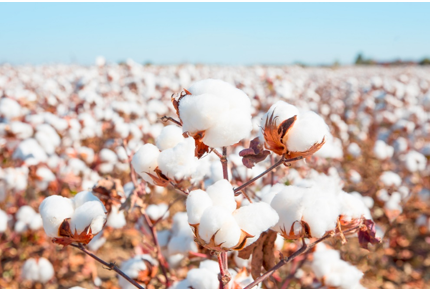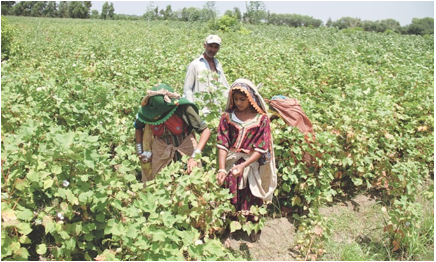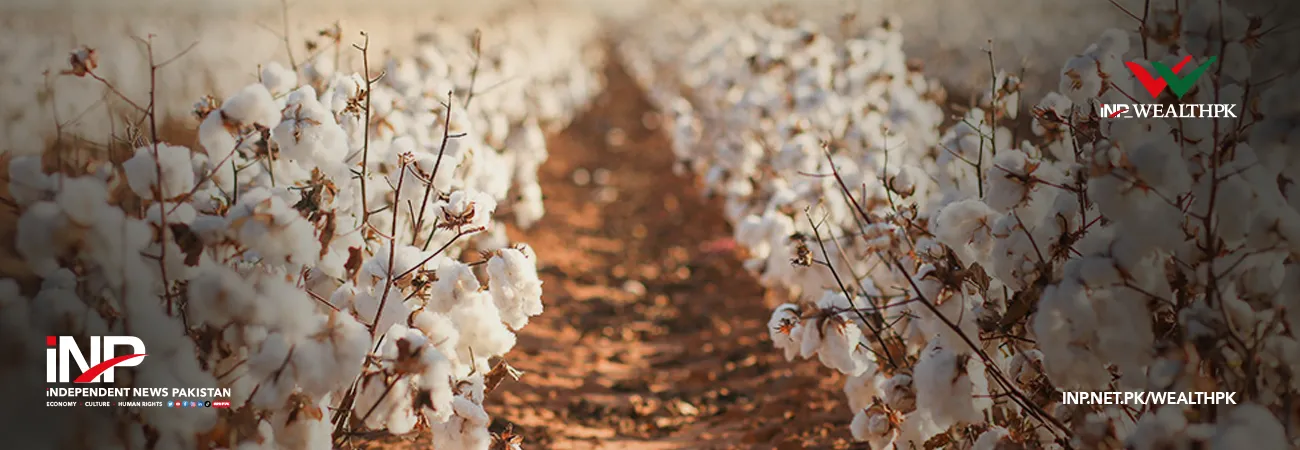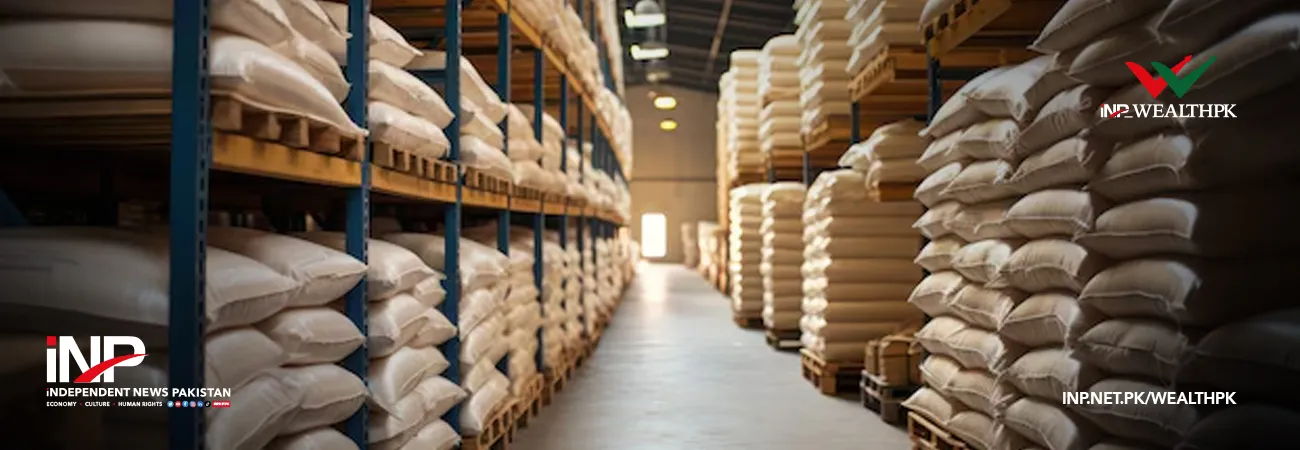INP-WealthPk
Ahmed Khan Malik
Sanghar District has produced the highest cotton, turning it into a “cotton hub” of Sindh province, reports WealthPK.

Known for its vast agricultural lands and favorable climate, Sanghar plays a crucial role in meeting the high demand for cotton – a major raw material for Pakistan's textile industry. Cotton cultivation in this area is vital not only for the local economy but also for the national agricultural output.
Sanghar produced 1.68 million bales, followed by Sukkur with 0.54 million bales, data of cotton ginning factories showed. “With its warm and dry climate, combined with an efficient irrigation system, Sanghar provides a perfect environment for cotton farming,” Abdullah Murad, Secretary of the Sanghar Agriculture Forum, told WealthPK.

He said the district is well-known for its vast cotton fields, which stretch across thousands of acres, making it a key player in the cotton industry of Pakistan. Cotton is the primary cash crop in Sanghar, and its cultivation supports the livelihood of thousands of local farmers. With access to irrigation from the Indus River, which flows through Sindh, Sanghar enjoys consistent water supply for crop cultivation, ensuring a stable yield every year, he said.
The cotton crop in Sanghar supports many aspects of the local economy. It creates employment opportunities for farmers, workers in the ginning industry, and those employed in other stages of the cotton supply chain. The cotton collected from Sanghar is used by numerous textile mills across the country, contributing significantly to Pakistan's textile industry. Pakistan is one of the world's largest cotton producers, and Sanghar’s contribution to this industry makes it a pivotal part of the national economy.
Cotton production also stimulates the local trade of related goods, such as fertilizers, pesticides, and agricultural machinery, he said. Mustafa Rind, a cotton grower in the district, told WealthPK that despite its success in cotton production, Sanghar faces several challenges in maintaining high yield rates. Climate change, water scarcity, and pest infestations are some of the primary obstacles that farmers face in the district.
The shifting weather patterns, including fluctuating temperatures and irregular rainfall, can have adverse effects on cotton crops, leading to reduced yields. Additionally, the crop is vulnerable to pests like the pink bollworm, which can damage the cotton bolls and significantly reduce the quality and quantity of the harvest, he said. He said farmers are also grappling with the rising cost of inputs such as fertilizers, seeds, and pesticides, which affect their profitability.
In recent years, the government and agricultural experts have been focusing on improving cotton farming practices in Sanghar. These efforts include promoting the use of high-yielding and pest-resistant cotton varieties, providing better access to the modern farming equipment, and encouraging more sustainable farming techniques. Additionally, initiatives to improve water management and combat water scarcity have been put in place to ensure better irrigation for cotton fields.
Efforts are also underway to raise awareness about integrated pest management, which helps farmers deal with pest issues without resorting to harmful chemicals. These efforts are aimed at increasing productivity, improving cotton quality, and ensuring that Sanghar remains a top cotton producer in Sindh, he said.
Credit: INP-WealthPk













